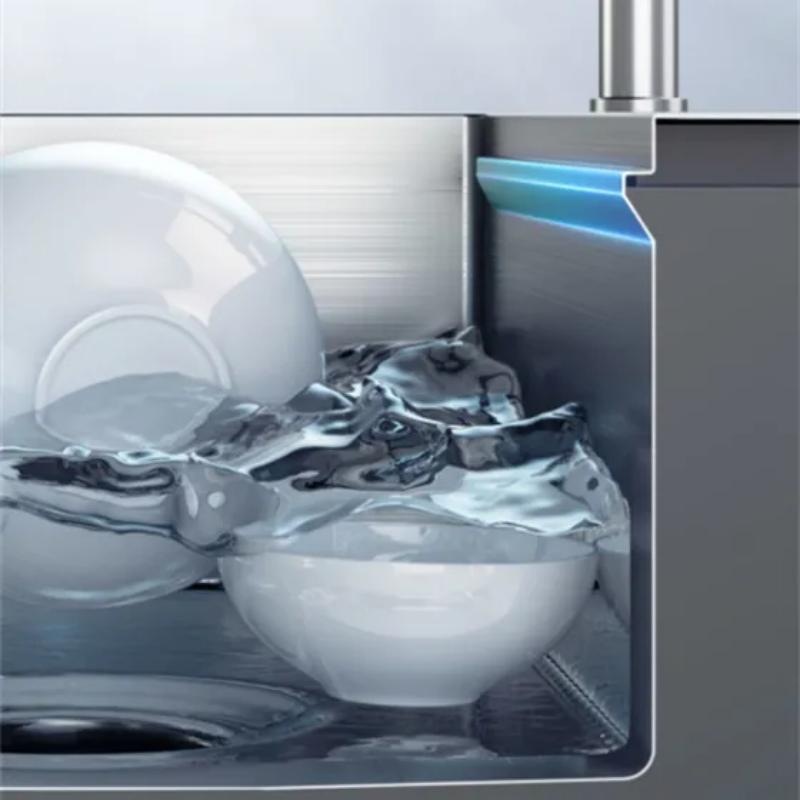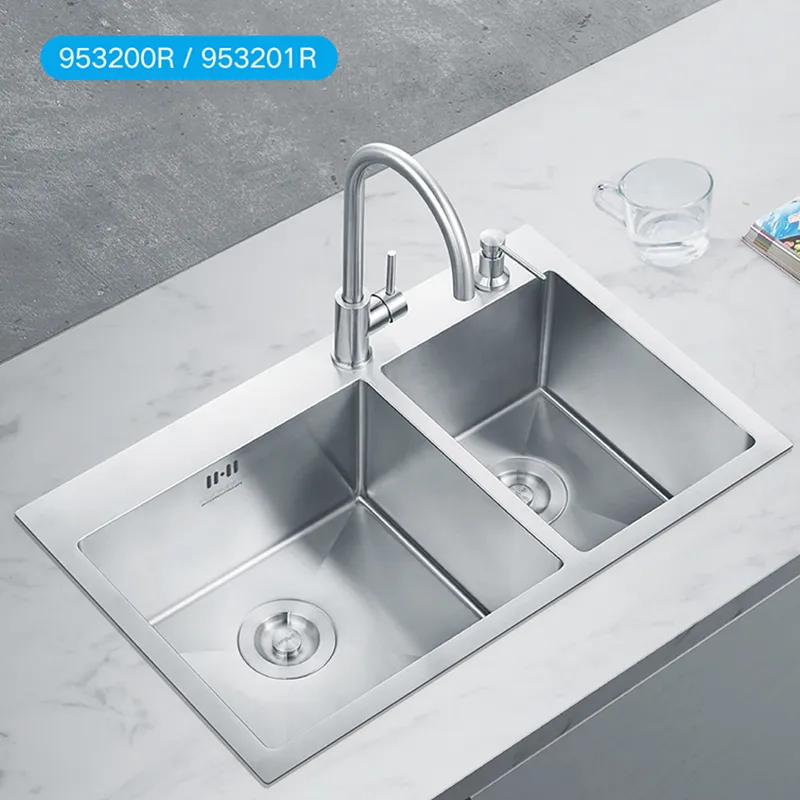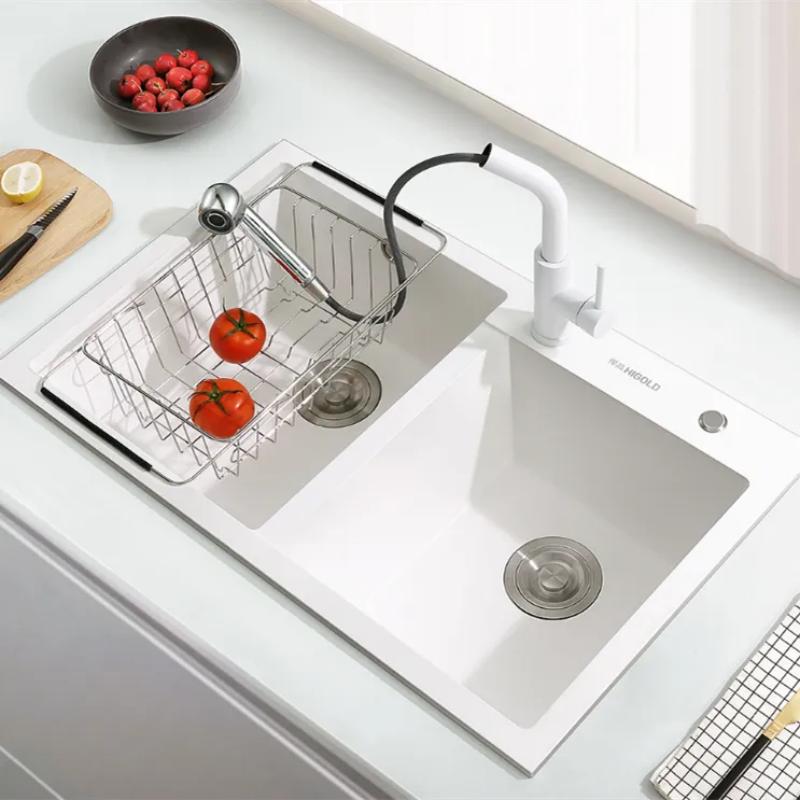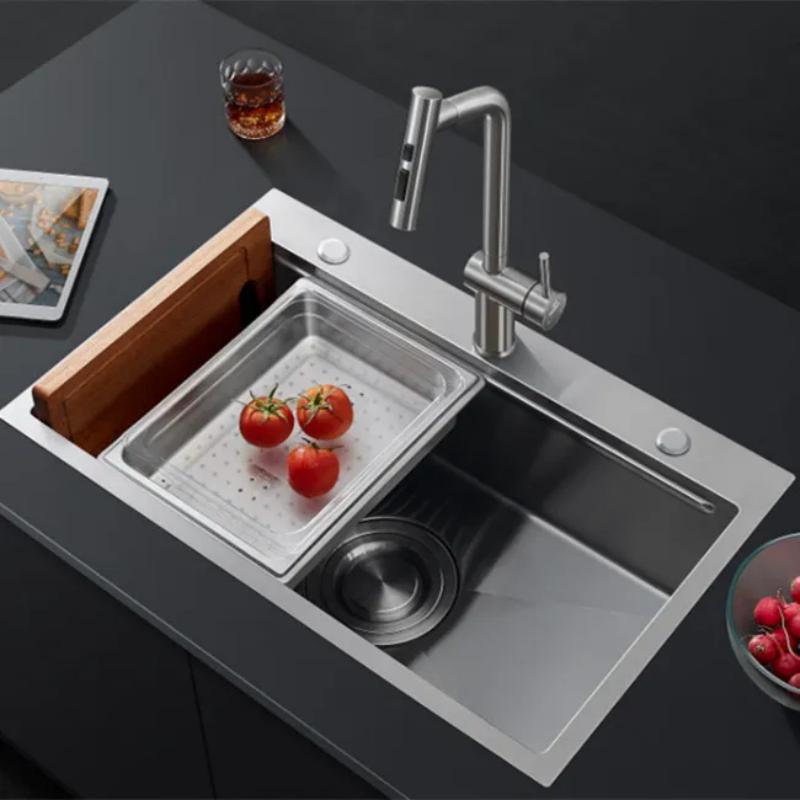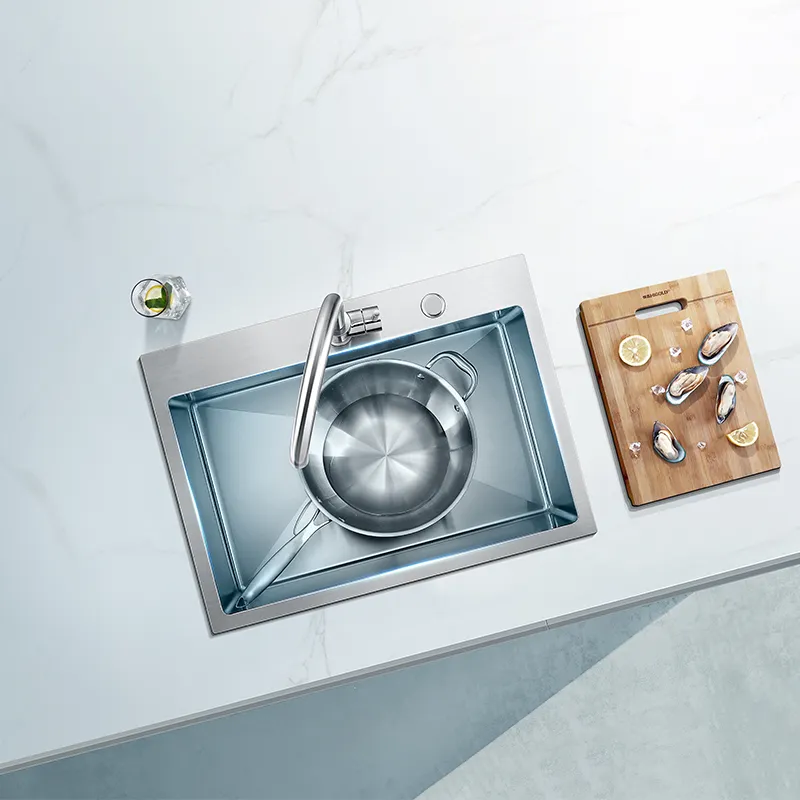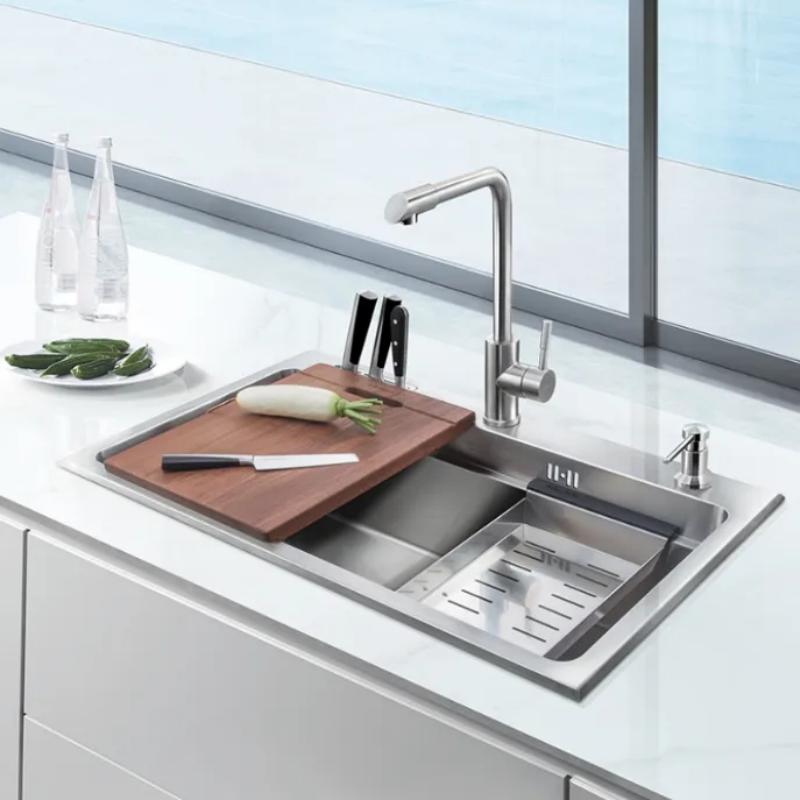In actual design and installation, the standard depth of undermount kitchen sinks is typically between 18 cm and 25 cm (approximately 7 to 10 inches).
However, this is only a general reference range. The specific choice should be made in conjunction with the kitchen countertop height and the user's height.
2025-11-21
Learn More

